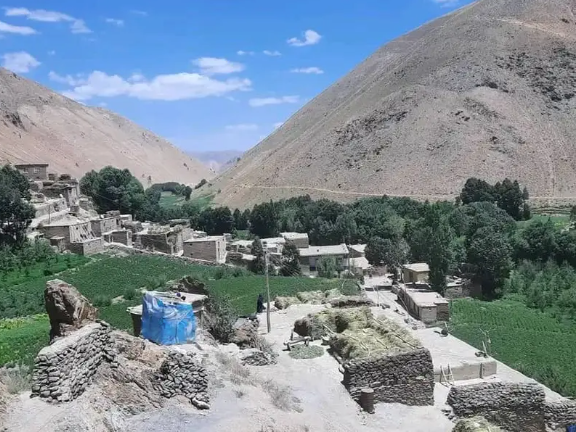Two People Injured in Clashes Between Nomads & Hazaras in Bamiyan

Local sources in Bamiyan have told Afghanistan International that at least two villagers had been injured during clashes between nomads and villagers in Punjab District.

Local sources in Bamiyan have told Afghanistan International that at least two villagers had been injured during clashes between nomads and villagers in Punjab District.
According to these sources, one of the injured individuals was shot, while the other sustained a head injury after being hit by a stone.
The injured have been transferred to Punjab Hospital, with the condition of the person with the head injury "concerning”.
Witnesses also stated that the Taliban deleted video recordings of the clash from locals' mobile phones and prohibited interviews, as well as taking of photos and videos of the injured.
Some sources suggest that the number of injured could be higher than initially reported, but Afghanistan International has not yet been able to verify this.
The clash occurred in the "Darazqul" area along the Ghor-Kabul highway when nomads brought their sheep to graze in the villagers' fields and pastures, leading to a confrontation.
This incident took place just two days after Mullah Noorullah Noori, the Taliban's Minister of Borders and Tribal Affairs, announced in a meeting with Mullah Abdul Kabir, the group's Deputy Prime Minister for Political Affairs, that "the issue of pastures between the Hazara people and the nomads has been resolved through a plan agreed upon by both sides”.
Local sources in Hazarajat are yet to confirm that the disputes between the nomads and villagers have been resolved as per the agreement. Furthermore, the recent clash in Punjab highlights ongoing tensions between the two groups.
Last year, Mullah Abdul Kabir stated that a solution for the conflict between the nomads and the Hazaras would be found based on Islamic Sharia and law.
Following the statements from Taliban leaders last year, several members signed and published a document forming the "Commission for Resolving Conflicts between Nomads and Local Residents”.
This document, comprising six articles, permitted the nomads access to areas where they claimed land ownership. If villagers had any disputes, they were directed to refer to the Taliban authorities.
The document also emphasised that until the Taliban's Commission for Resolving Conflicts settles the disputes over pastures and lands, neither side is allowed to occupy the disputed areas.